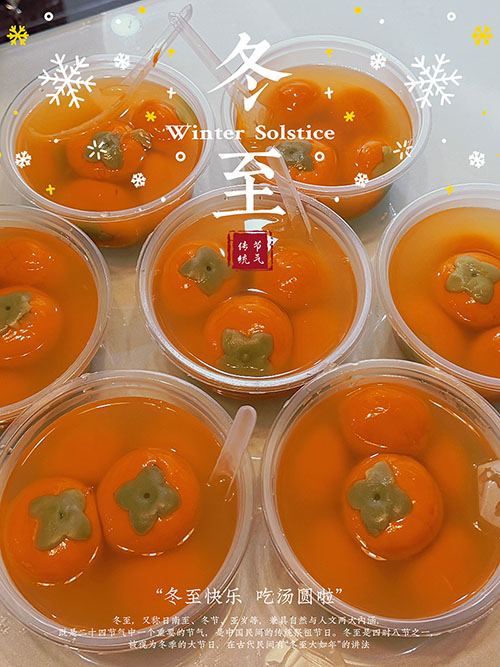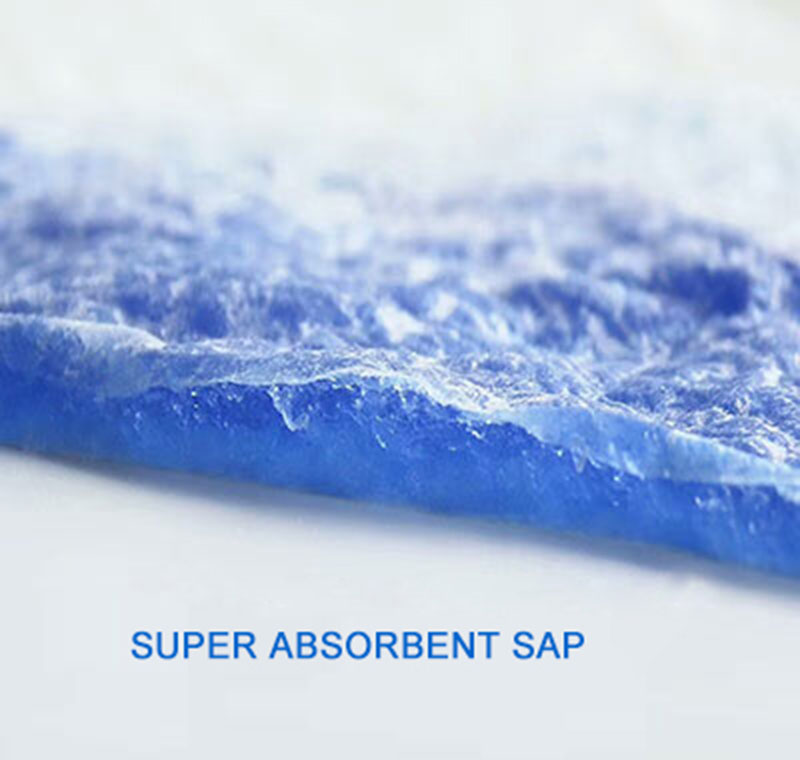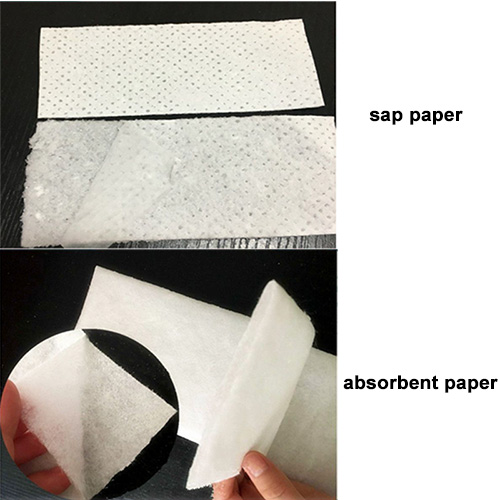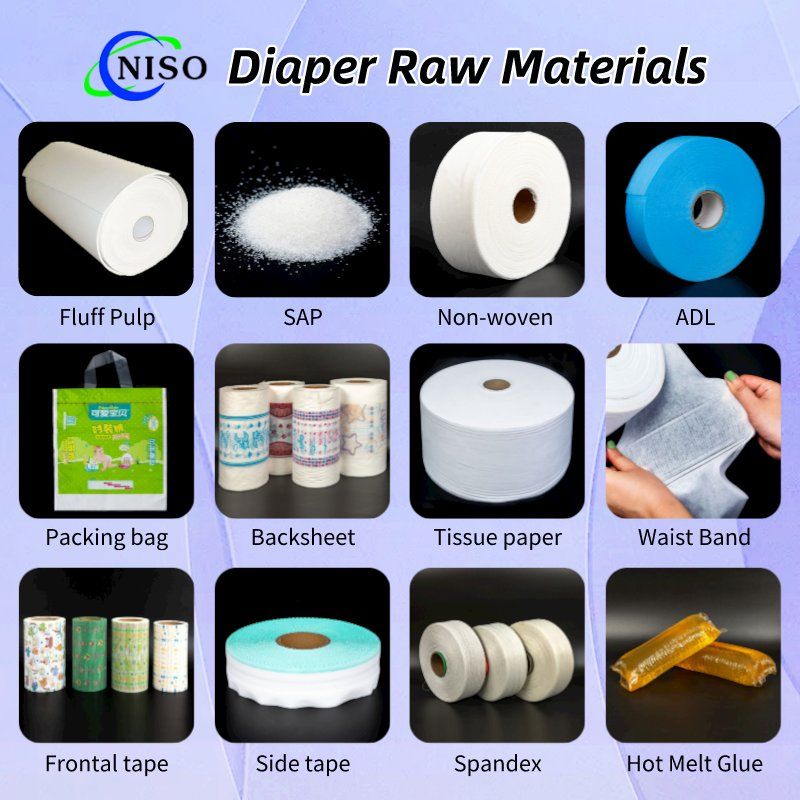From spunbond nonwoven fabric to hot air nonwovens, meltblown nonwovens applied to professional products for baby and adult diapers, sanitary napkins, sanitary napkins, bottom pads, medical supplies, and pet pads, we have revolutionized the concept of fabric to meet your various needs.
Experience the pinnacle of innovation and functionality with Diaper Nonwoven, the perfect choice for diaper and sanitary napkin topsheets. Crafted with utmost care and precision, our spunbond and hot airthrough nonwoven materials redefine comfort and reliability. Combined breathability with enhanced absorbency. Perfectly engineered to facilitate airflow, it keeps you dry and cool, no matter the situation. Experience a newfound level of comfort, where performance and comfort are perfectly balanced.
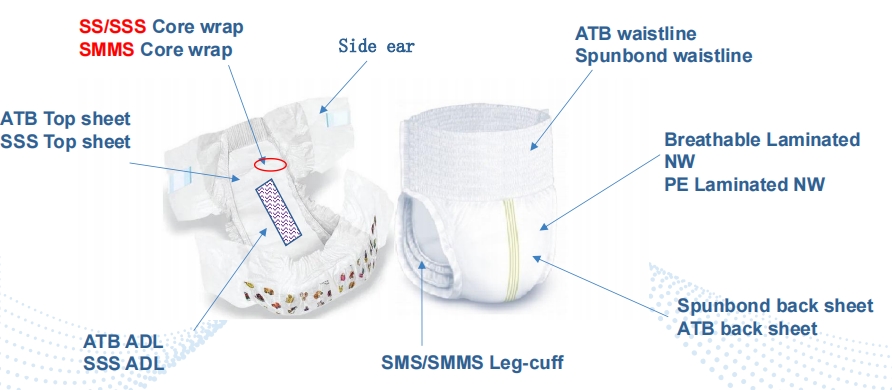
Our revolutionary spunbond nonwoven fabric is crafted using advanced technology, ensuring a soft and breathable layer that is gentle to the touch. It provides exceptional moisture-wicking properties, effectively keeping your little ones dry and comfortable throughout the day. Say goodbye to rashes and discomfort caused by traditional materials.
Enter the world of meltblown nonwoven fabric, where fine fibers create a dense netting of remarkable filtration capabilities. Medical personnel, rejoice! Our meltblown nonwoven fabric ensures a high level of protection, facilitating the filtration of minuscule particles and microbes. Trust in its efficiency and allow yourself to focus solely on providing exceptional care.
Say hello to non-woven for Baby & Adult Diapers, Sanitary Napkins, Sanitary Pads, Underpads, Medical Supply, and Pet Pads – a comprehensive solution to your personal hygiene needs. Our non-woven fabric is the epitome of comfort and reliability, offering the peace of mind you deserve in every moment of life.
Imagine products that go beyond conventional boundaries. Our nonwoven applications are not only limited to hygiene products but encompass a diverse range of medical supplies. From surgical gowns to bandages, our products play an integral role in ensuring the highest standards of healthcare.
And let's not forget our lovable furry friends! Our nonwoven fabric brings comfort to the paws of our beloved pets. From pads to protect delicate surfaces to durable pet hygiene solutions, we've got you covered. Provide your pets with the utmost care and reliability they deserve. get more nonwoven fabric products from https://www.qzniso.com/

